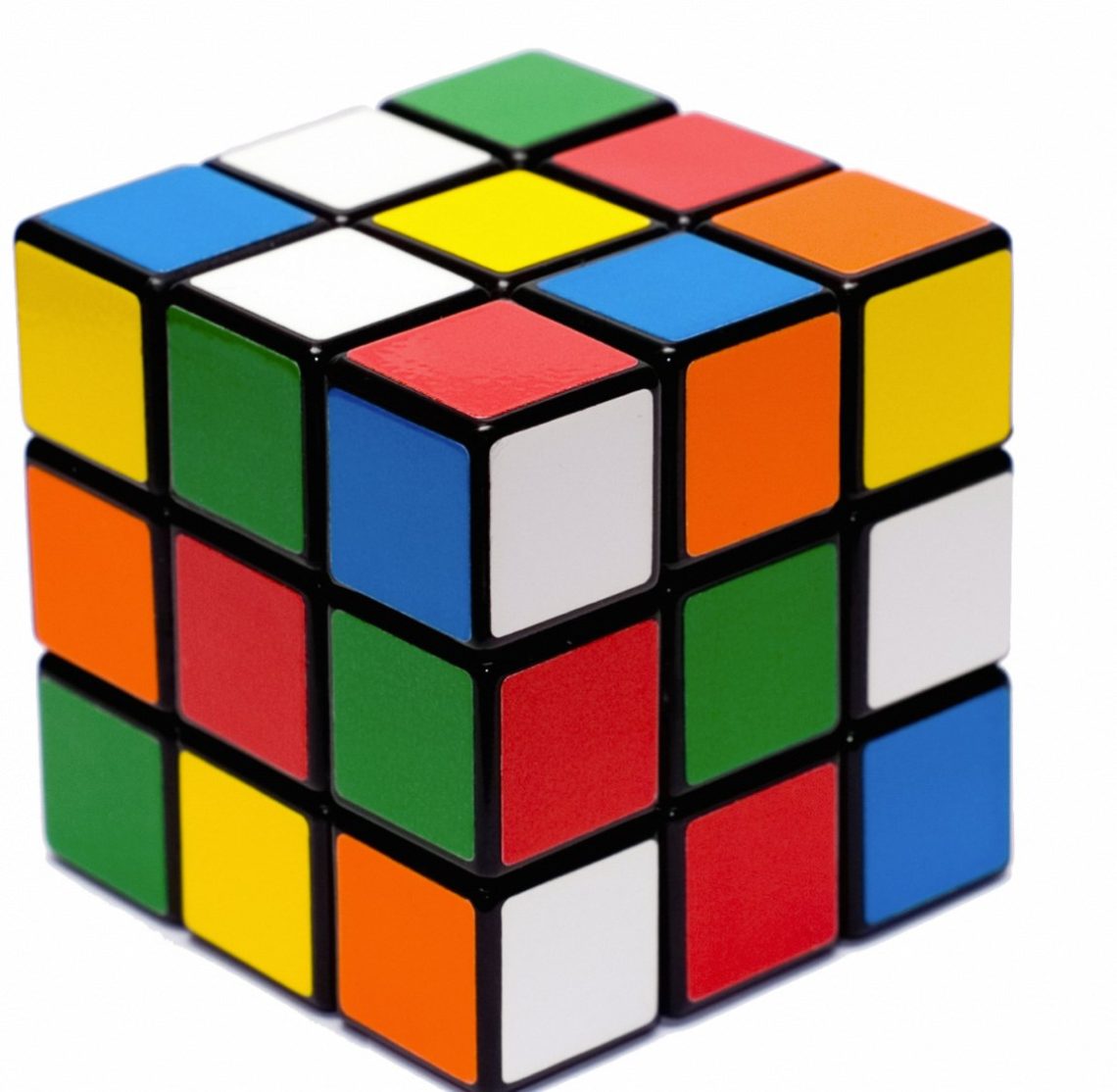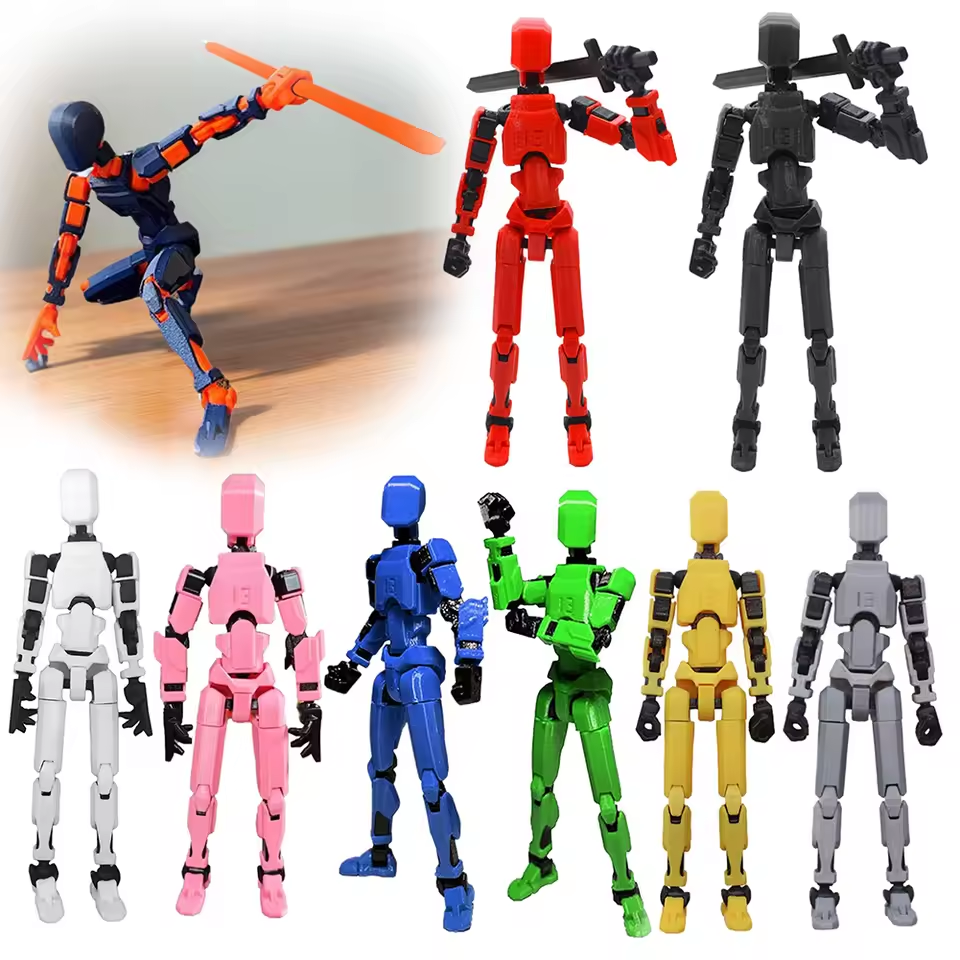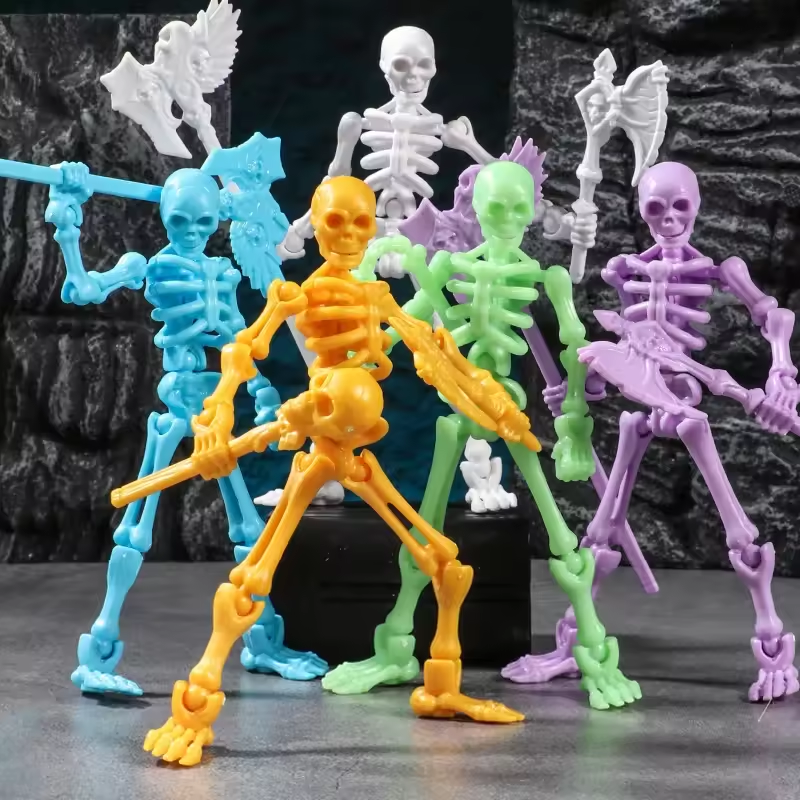The Pyraminx, also known as the triangle Rubik’s Cube, offers a captivating challenge for puzzle enthusiasts. While it may appear daunting at first glance, with a strategic approach, you can conquer this tetrahedral marvel. This guide will break down the solving process into four manageable parts, equipping you with the steps to achieve a perfect pyramid.
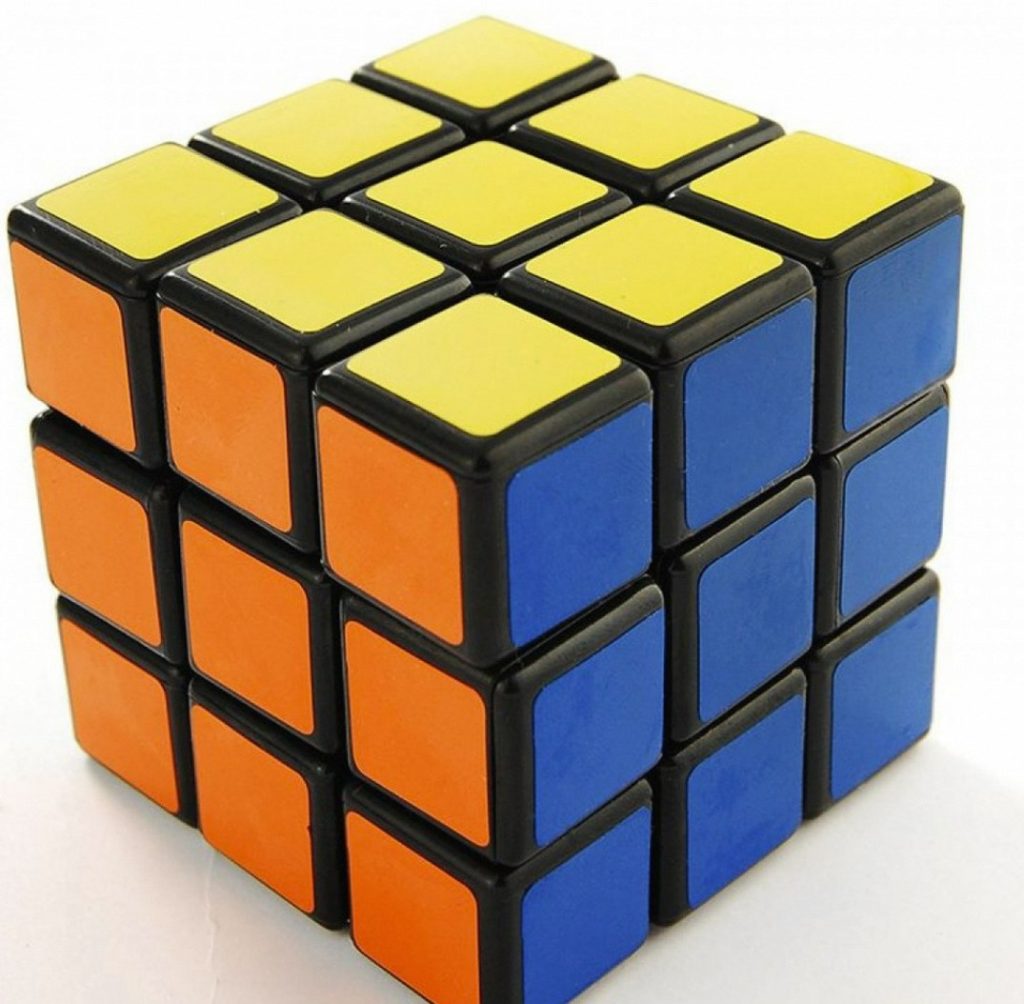
Part 1: Understanding the Pyraminx
Pieces and Notation:
Unlike its 3×3 counterpart, the Pyraminx has four corner pieces (each with three colors) and six edge pieces (two colors each). Familiarize yourself with these pieces and their positions. Notation is crucial for following solving algorithms. Common notations include “R” (rotate right face), “L” (rotate left face), and “U” (rotate top layer).
Goal and Mentality:
The Pyraminx is considered solved when each of the four corner pieces is positioned correctly, with their colors matching the center faces. To approach solving this twisty puzzle successfully, it’s essential to cultivate a problem-solving mindset. Embrace challenges with a positive attitude and a determined outlook. It’s crucial not to let initial stumbling blocks discourage you; instead, view them as learning opportunities. Persistence and regular practice play integral roles in mastering the Pyraminx, so approach each solving attempt with perseverance and a willingness to learn from both successful solves and mistakes. By developing a problem-solving mindset and maintaining a resilient attitude, you’ll build the necessary skills and strategies to conquer the Pyraminx. Embracing each solved state as a milestone in your progress and leveraging each unsolved state as an opportunity to refine your approach will ultimately lead to mastery of this engaging and rewarding twisty puzzle.

Part 2: Building the Foundation – Solving the First Layer
Orientation and Matching:
When solving the triangle Rubik’s Cube, start by selecting a color to be the bottom face. Once this is established, identify an edge piece with that color and its corresponding face. To proceed, rotate the top layer of the cube until that edge aligns with the center piece, ensuring that the other color on the edge matches the adjacent face color. This crucial step is the foundation for correctly aligning the pieces in the first layer, setting the stage for subsequent solving. The precision in aligning the edge piece with the center piece and ensuring color matching demonstrates a strategic approach to solving the triangle Rubik’s Cube. By understanding and meticulously executing these initial move sequences, solvers lay the groundwork for a methodical and systematic solving process, ultimately leading to the completion of the first layer on this distinctive twisty puzzle.
Algorithm Magic:
Once you’ve positioned one edge, there’s a specific set of moves (algorithm) to insert the remaining edges efficiently. A popular beginner’s algorithm is “R U R’ U’.” This sequence rotates the right face, the top layer twice (clockwise and counter-clockwise), and the right face again in the opposite direction. Practice this algorithm until you can execute it smoothly.
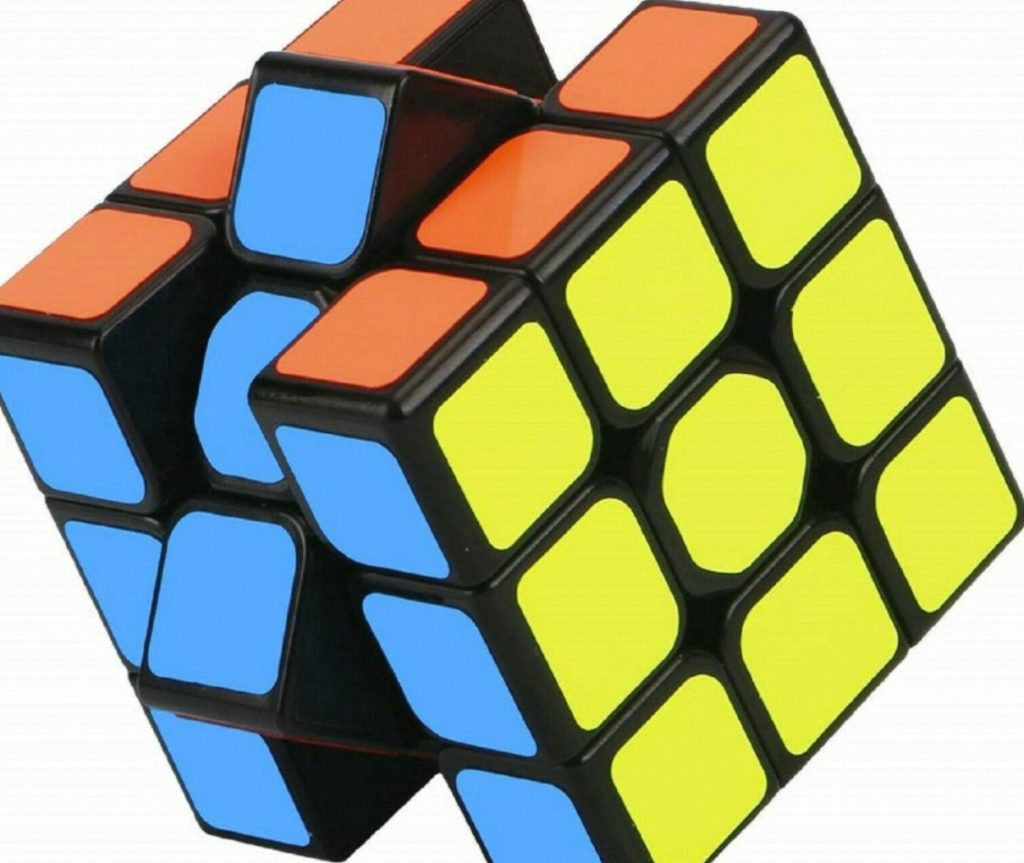
Part 3: Perfecting the Pyramid – Solving the Second Layer
Identifying Misplaced Corners:
Once the first layer of the triangle Rubik’s Cube is complete, the next step is to focus on the corners. Inspect the cube for any corners that are either misplaced or twisted to ensure that a corner piece is considered correctly positioned when all three of its colors match the adjacent center faces. By identifying these issues, you can strategize and execute the necessary moves to rectify the corners’ positions and orientations. As you work through this stage, maintaining a sharp focus on the relationships between the corner pieces and the adjacent center faces is crucial. Mastery of this step demonstrates an understanding of the cube’s mechanics and an ability to logically maneuver the pieces into their correct places. This phase represents a pivotal stage of solving the triangle Rubik’s Cube, propelling solvers closer to achieving the captivating completion of this unique twisty puzzle.
Corner Algorithms:
Just like the first layer, the second layer of the Pyraminx can be solved using specific algorithms. A commonly used method involves first maneuvering a misplaced corner piece to the bottom layer, and then utilizing a specific sequence to position it correctly. One such algorithm is “R U R’ U’ (D R U R’ U’) D2.” This sequence effectively moves the corner to the bottom, properly positions it, and then returns it to the top layer. By regularly practicing these algorithms, you can internalize the sequences and fluidly execute the necessary moves, significantly enhancing your solving proficiency. Mastering these second-layer algorithms contributes to a deeper understanding of the Pyraminx’s mechanics and enables you to efficiently navigate the complexities of solving this captivating twisty puzzle. Through dedicated practice and repetition, these algorithms will become second nature, empowering you to confidently approach and conquer the Pyraminx with finesse and skill.
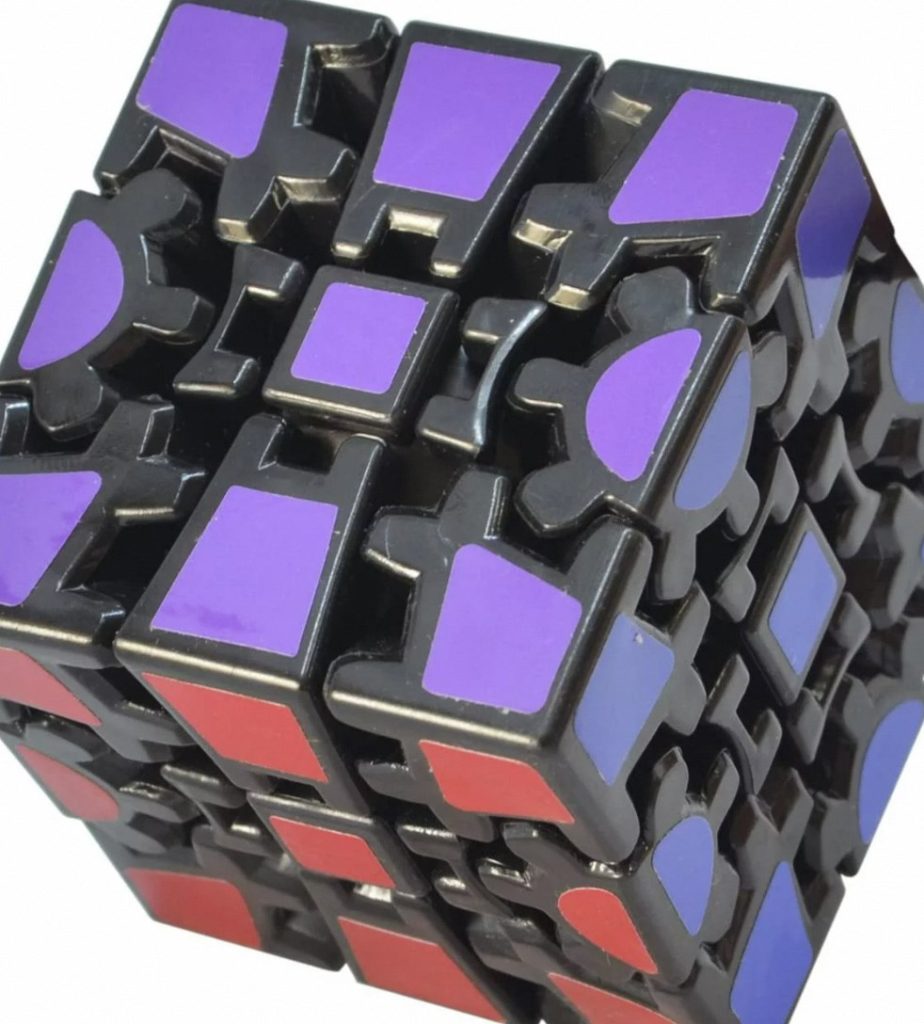
Part 4: Finishing Touches – Permuting the Last Layer
Orientation of Tips:
Once the first two layers of the triangle Rubik’s Cube are successfully solved, the final step entails orienting the four tip pieces. In contrast to the previous layers, these pieces only move by twisting and not by repositioning. Each tip piece’s specific location is determined by its color scheme, making it essential to carefully orient each piece to match its designated spot. This stage requires a distinct approach compared to the earlier layers, as the focus shifts from both positioning and aligning colors to solely adjusting the orientation of the tips. By understanding the unique mechanics of these tip pieces and their placement based on the overall color scheme, solvers can effectively navigate this final stage, ultimately achieving a fully solved triangle Rubik’s Cube.
Tip Permutation Algorithms:
Algorithms are again your allies in this stage. A common method involves identifying a misplaced tip and using a sequence like “U R U’ L'” to rotate it into the correct position. With practice, you’ll develop the ability to recognize tip configurations and apply the appropriate algorithms.

Remember, solving the Pyraminx takes time and dedication. Celebrate your progress, and don’t hesitate to revisit previous steps if needed. There are numerous online resources and video tutorials available to provide visual demonstrations and alternative solving methods. With consistent practice and the strategies outlined above, you’ll soon be confidently conquering the Pyraminx and leaving your friends in awe of your newfound cubing prowess.
